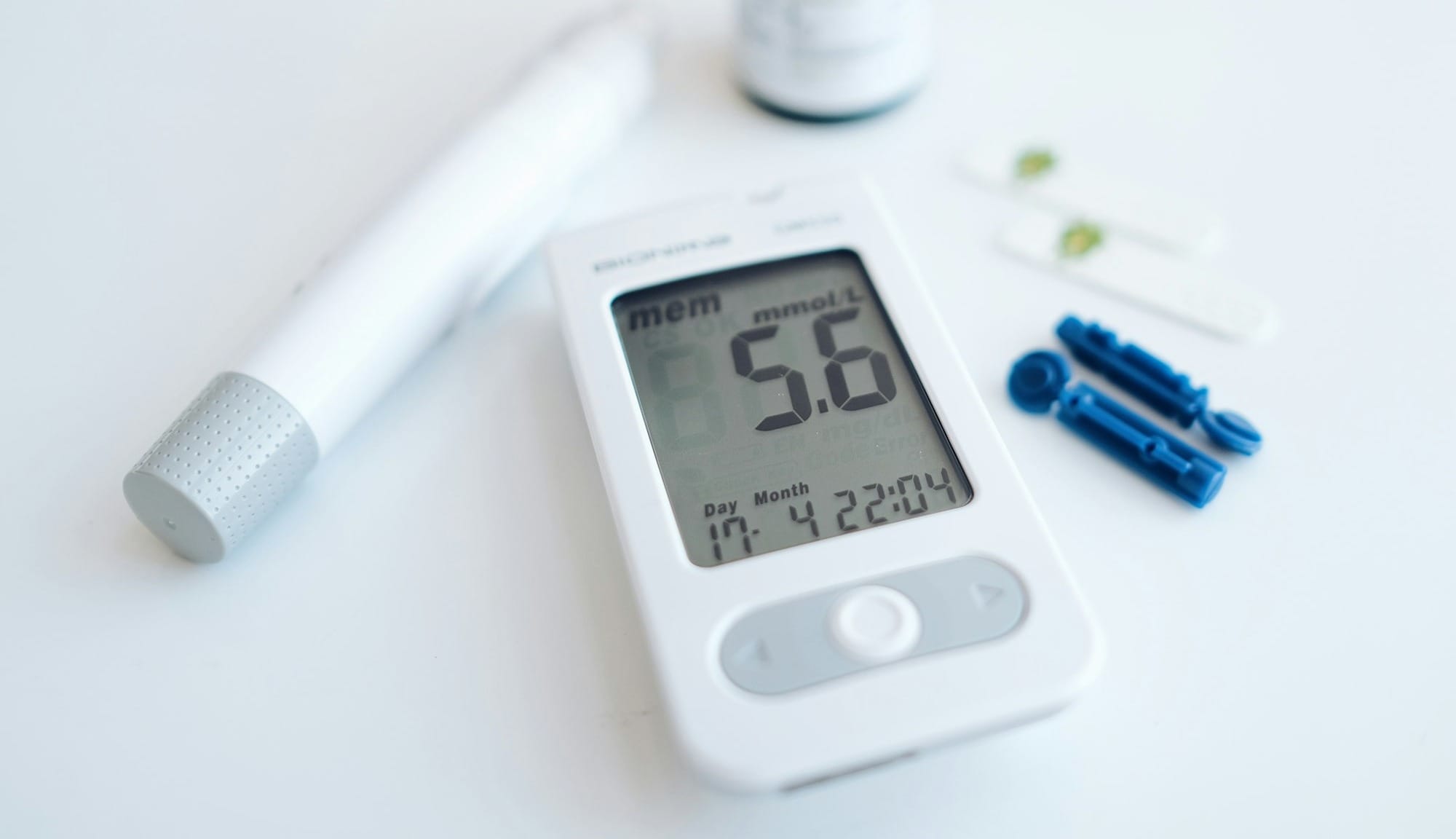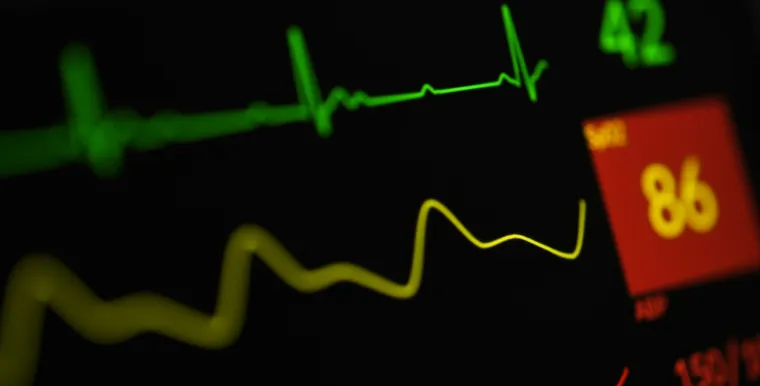Whether at home or on the go, these devices ensure help is just a button press away. Offering round-the-clock monitoring, they bridge the gap between independence and safety.
Introduction to Medical Alert Devices
Medical alert devices are life-saving tools designed to provide an immediate response in the event of an emergency. These devices cater primarily to seniors and individuals with underlying health conditions, offering a reliable means to summon help when needed. Whether you're dealing with a fall, a sudden illness, or another urgent situation, medical alert systems ensure that assistance is just a button press away. The sense of security these devices provide cannot be overstated, as they bridge the gap between vulnerability and help.
These advanced systems have evolved significantly over the years, adapting to the dynamic needs of users. From traditional at-home units to modern, on-the-go wearables, medical alert devices come in various forms that fit seamlessly into your daily life. Many of these systems offer features like GPS tracking, automatic fall detection, and direct communication with emergency services. Whether you choose a monitored or unmonitored system, the primary goal remains the same: enhancing your independence while providing peace of mind for both you and your loved ones.

The Evolution of Medical Alert Technology
Medical alert technology has come a long way since its inception. Initially, these devices were fairly simple, consisting only of a wearable button that, when pressed, sent a signal to a base unit connected to a landline telephone. This base unit then dialed pre-programmed emergency numbers. Although rudimentary, this technology provided a significant leap in safety for many who lived alone and needed a direct line to emergency services. Over the years, advancements in wireless communication and miniaturization of electronics have enabled medical alert devices to become more sophisticated and versatile.
Today’s medical alert devices are much more than just emergency buttons. Many systems now feature built-in GPS tracking, fall detection, and even health monitoring capabilities. Modern devices can seamlessly integrate with smartwatches and smartphones, allowing users to access help not just at home but wherever they go. These advancements have broadened the scope of medical alert technology, extending its benefits beyond the elderly to anyone with health concerns looking for that extra layer of security and peace of mind. The evolution continues to push the boundaries of what these devices can do, making them an indispensable tool in personal healthcare.
How Medical Alert Devices Operate
Medical alert devices are ingeniously designed to offer immediate assistance in emergencies, be it at home or on-the-go. At the core of these systems is a help button, typically integrated into wearable devices such as pendants, wristbands, or smartwatches. When pressed, the device connects to a communication system that relays your distress signal to an emergency response center. An operator then assesses the situation, communicates with you through the device, and dispatches the necessary help, whether it's contacting family members or sending emergency services directly to your location.
Beyond the wearable help buttons, many systems also include base units and wall-mounted sensors strategically placed around the home. Base units generally function as the main communication hub, ensuring a stable connection to emergency services, while wall-mounted sensors can detect falls or other unusual movements. Medical alert devices boast 24/7 monitoring to ensure help is available around the clock, alleviating concerns for both you and your loved ones. This continuous vigilance ensures that no matter the time or place, you're never alone in an emergency.
Tags:
Personal Health Alert Systems
Monitored Medical Alert Systems
Best Emergency Alert Device For Seniors
Medical Alert Devices Near Me
Home Medical Alert Systems For Seniors
Medical Alert Devices For Seniors

